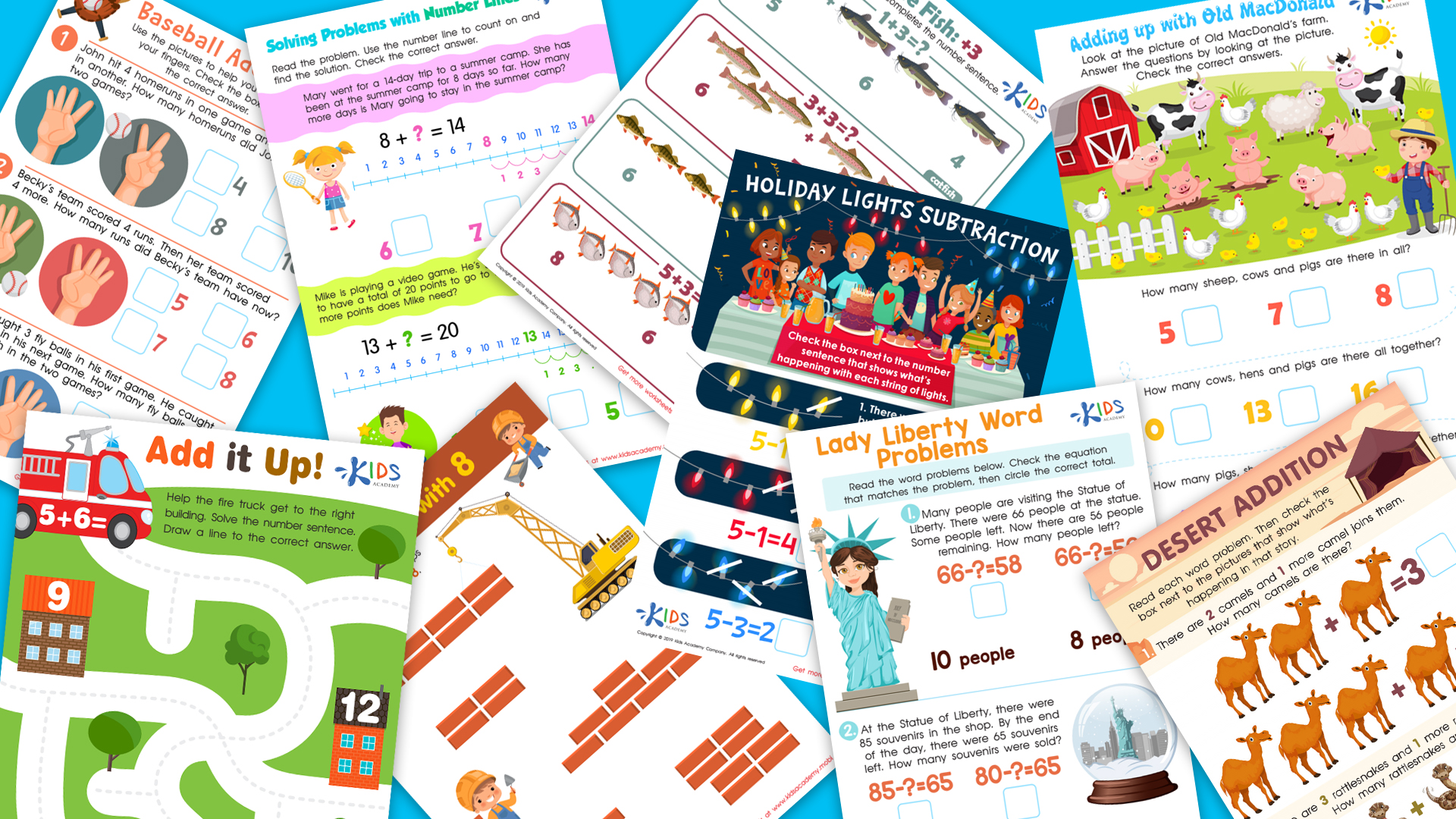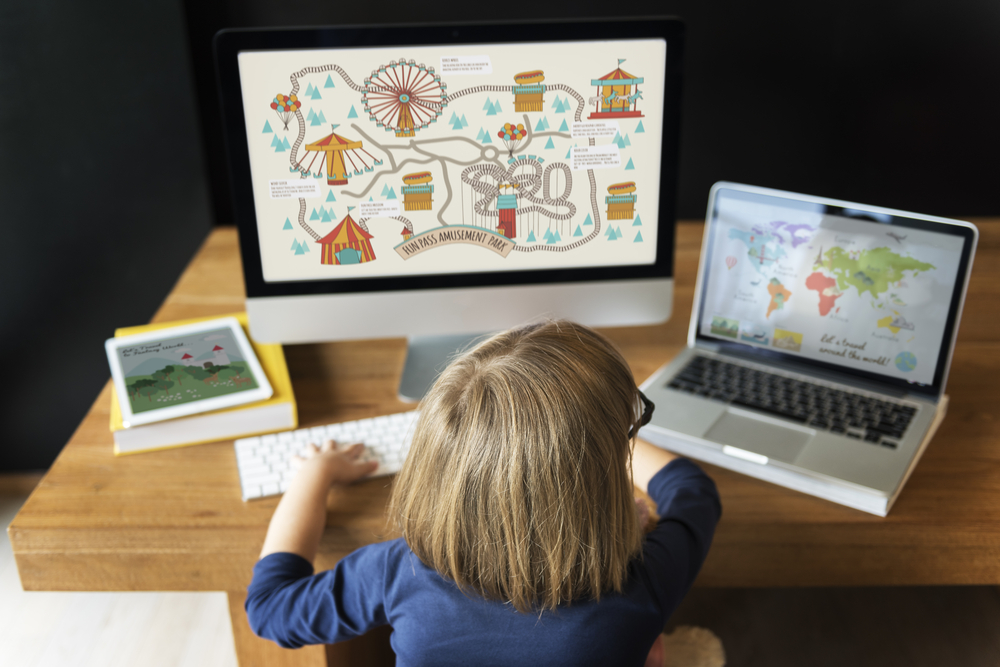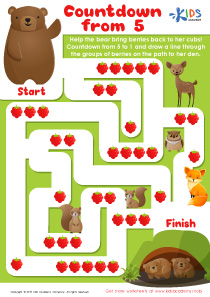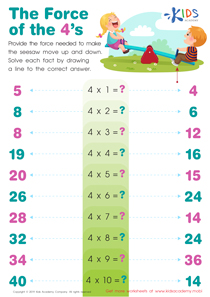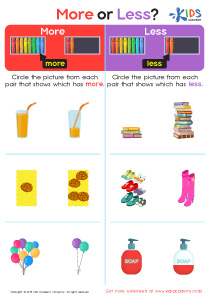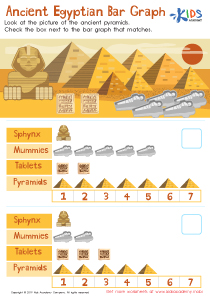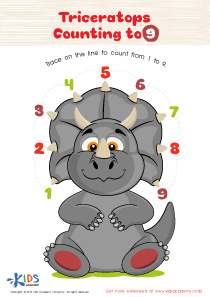Shape Recognition Easy Math Worksheets for 3-Year-Olds
5 filtered results
-
From - To
Discover our "Shape Recognition Easy Math Worksheets for 3-Year-Olds," designed to ignite your child's interest in shapes through fun and engaging activities. These worksheets create a vibrant learning experience, helping young learners identify and differentiate various shapes like circles, squares, and triangles. Ideal for early childhood development, our printable activities stimulate cognitive skills while making math accessible and enjoyable. Each worksheet combines bright visuals and simple instructions, making learning a delightful journey for your little ones. Equip them with essential foundational skills in a playful manner—perfect for home or preschool settings. Start their adventure in shape recognition today!
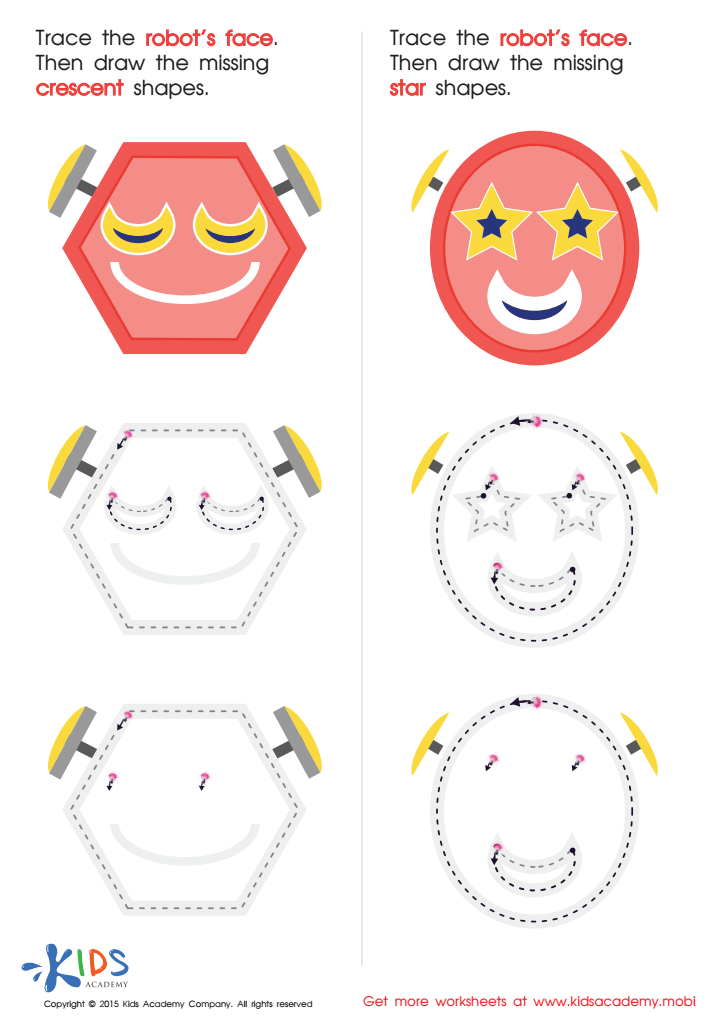

Composing a Robot's Face of Crescents And Stars Worksheet


Counting Shapes Worksheet
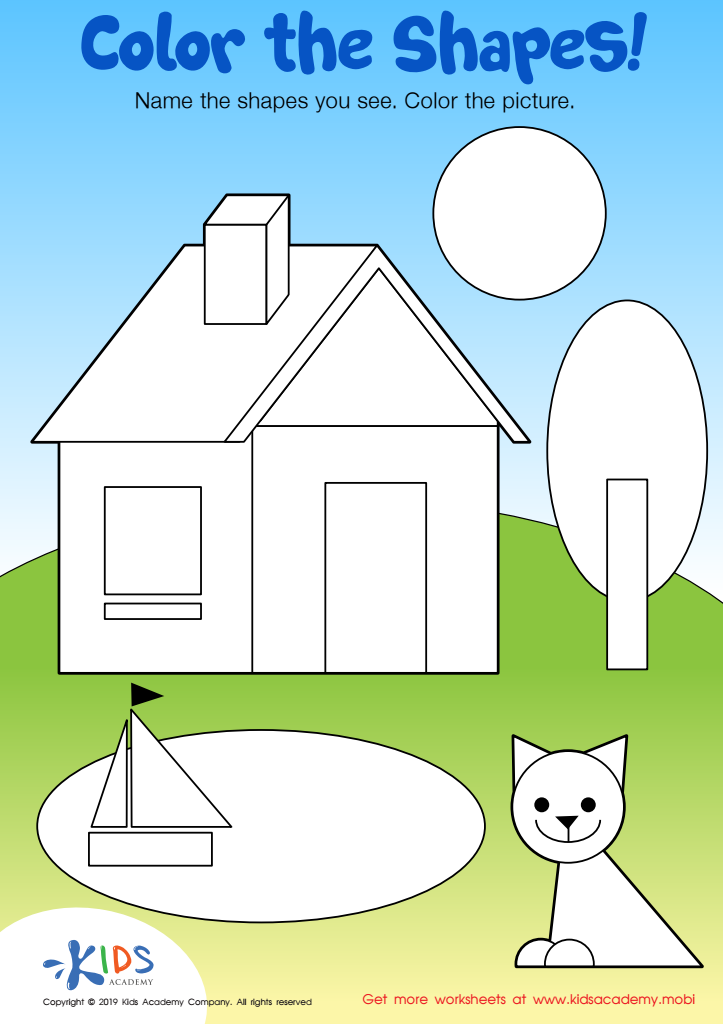

Color the Shapes Worksheet
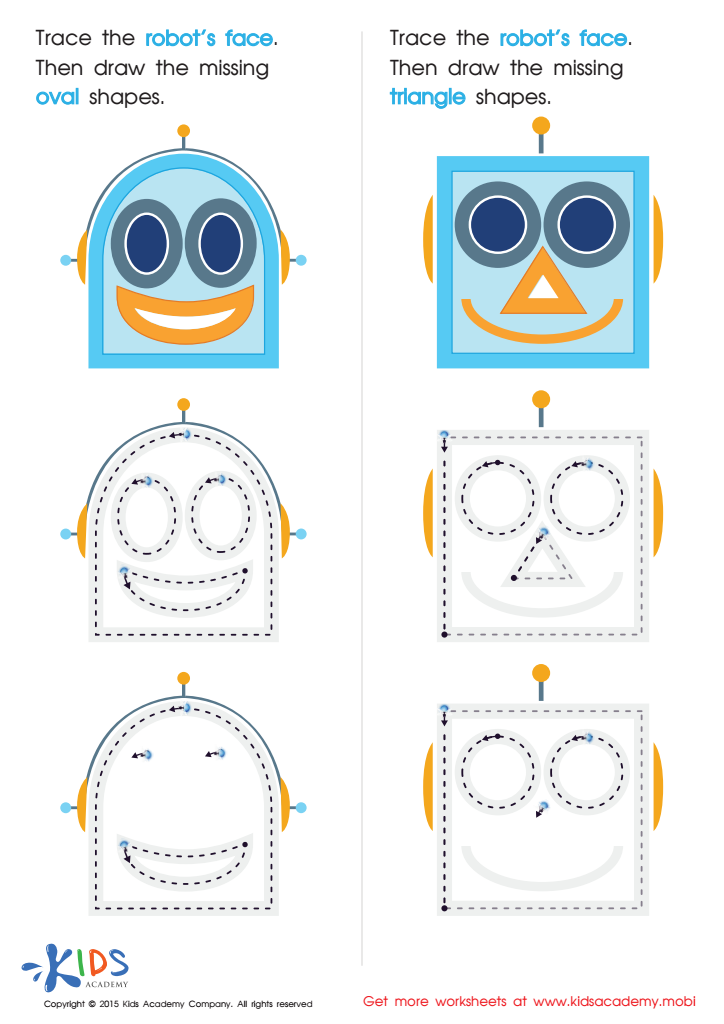

Drawing Ovals And Triangles with Fun Printable
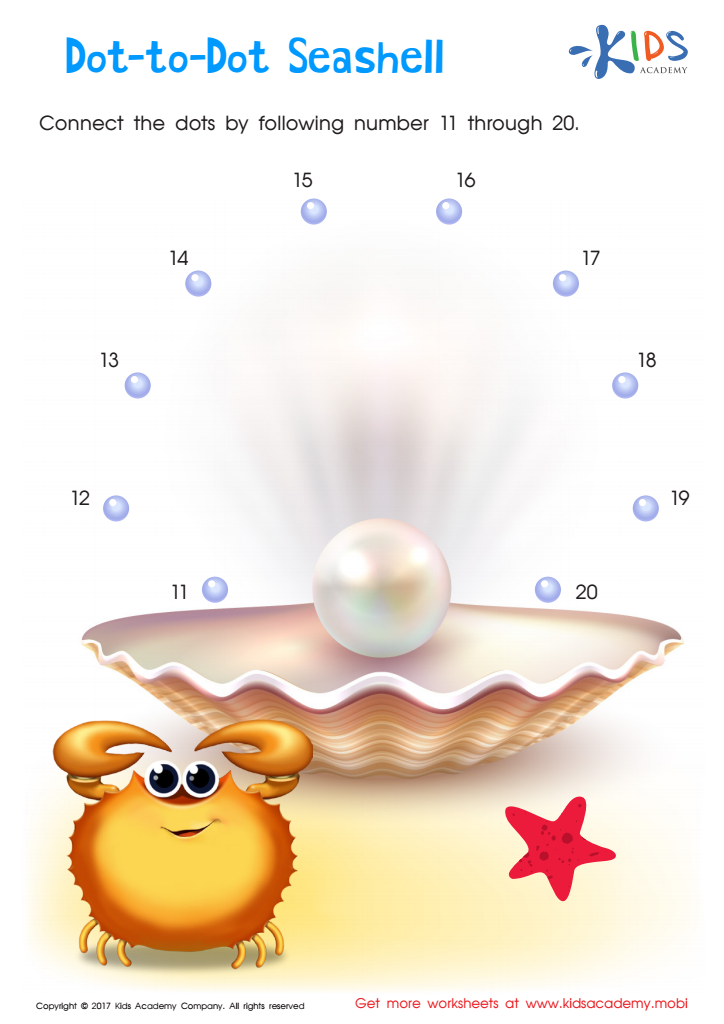

Ordering 11–20: Dot–to–dot Seashell Printable
Shape recognition is a fundamental skill for 3-year-olds that serves as a cornerstone for early mathematical development and cognitive growth. Parents and teachers should prioritize shape recognition because it enhances children's problem-solving skills and helps them understand spatial relationships, which are critical for later mathematics learning.
When children learn to identify shapes, they also begin to categorize and differentiate objects in their environment. This skill lays the groundwork for more complex concepts, such as symmetry, patterns, and geometry, which they will encounter in school and beyond. Additionally, through engaging with shapes, children develop observational skills as they learn to describe and compare different shapes, building a strong vocabulary that supports communication.
Shape recognition activities can also foster creativity and imaginative play. Whether through puzzles, sorting games, or art projects, these activities not only make learning enjoyable but also encourage fine motor skills and hand-eye coordination. Furthermore, taking part in these interactive learning experiences helps nurture a child's love for learning, encouraging a positive attitude toward education early on.
In summary, fostering shape recognition in young children is vital because it lays the groundwork for future learning while enhancing cognitive skills, creativity, and critical thinking. This foundational skill helps prepare children for school and lifelong learning.

 Assign to My Students
Assign to My Students



